| |
|
|
| |
Mira Mar Veterinary Hospital
|
|
| |
|
|
| |
|
|
| |
|
|
|
|
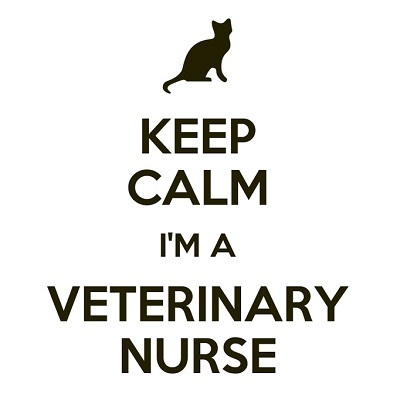
|
| |
Happy Veterinary Nurse Day at Mira Mar Vets!
|
|
| |
|
|
| |
Hello and welcome to our October newsletter.
National Veterinary Nurse Day is held annually on the second Friday in October, so this year is Friday October 14th.
Our team of dedicated veterinary nurses work long and hard to provide exceptional care for every patient who comes in the door at Mira Mar Vets, and we are glad that they get a day to be celebrated and cherished for the work that they do. It is not always easy, it is sometimes unpleasant, and at other times it can be sad. Thank you to Ellie, Sharon, Caitlin, Jodie, Penny, Emma for being so amazing!
We hope you enjoy the articles in this newsletter that provide a little more insight into the challenging and rewarding role that vet nurses fill in our clinic. |
|
|
|
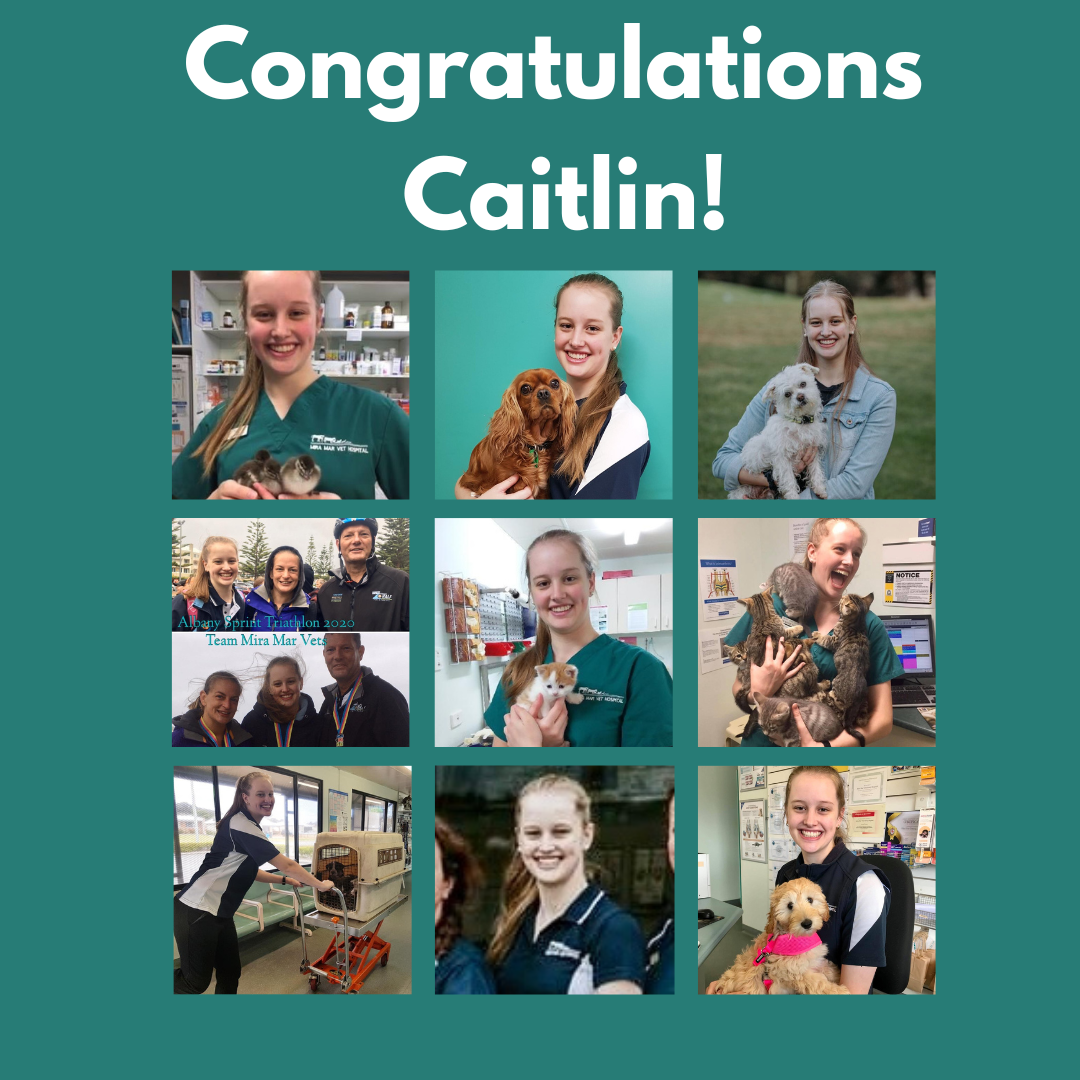
|
| |
Congratulations Caitlin!
|
|
| |
|
|
| |
There's no way we could celebrate Veterinary Nurse day without offering up HUGE congratulations to our newest vet nurse at Mira Mar Vets!
We could not be more proud of our Caitlin, who has been with us since a Workplace Learning student, and then as a Trainee, and now as a FULLY QUALIFIED VETERINARY NURSE.
It takes many years of study, assessments, assignments and training to get this qualification, as well as the added pressure of holding down a full time job. Caitlin has somehow managed to do all of this, and keep a gorgeous smile on her face!
Congratulations Caitlin! |
|
|
|
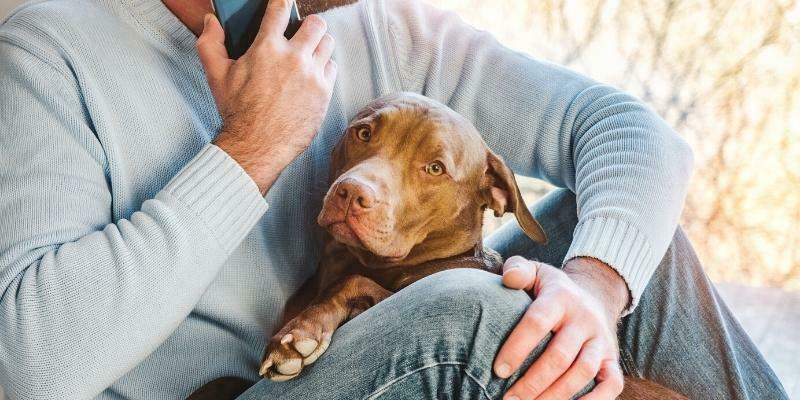
|
| |
The two ‘P's’ of prioritising patients
|
|
| |
|
|
| |
Just like in a human emergency ward, our veterinary nurses play an essential role in triaging patients. Triage involves a brief overall assessment of incoming patients to rapidly gauge the severity of their illness or injury so that we can prioritise care for particularly unwell animals during busy periods.
Our experienced nurses help triage incoming patients both over the phone and via a brief physical assessment of the patient shortly after arrival.
Phone
Wherever possible, we encourage pet owners seeking emergency pet care to phone us prior to their arrival at the clinic.
During these calls, our nurses may ask owners questions, such as:
- “Did you see your pet get injured?”
- “Is your pet able to stand and walk?”
- “Is your pet losing a significant amount of blood?”
- “Is your pet able to breathe properly?”
- “Has your pet ingested any known toxins”
These questions help us to ascertain what the problem could be, so we can prepare our facilities and staff for assisting your pet as soon as possible.
Physical check on arrival
Ideally, it’s best if someone who knows the unwell pet’s history (including any pre-existing health conditions or current medications) brings the pet into the clinic, although we understand that in an emergency this is not always possible.
Upon the pet’s arrival, a nurse will perform a brief initial physical assessment to triage the animal’s condition. Among other things, they will quickly check the pet’s ability to breathe, their circulatory status (heart rate and pulse pressure), mental awareness and pain level, and perform a quick scan for any obvious injuries or bleeding.
Based on their assessments, the nurse can then alert a veterinarian to the pet’s condition and keep the owner informed of the expected next steps.
Whilst we know that pet emergencies can be scary, rest assured that any unwell pets will get the best possible care as soon as they set paw in our clinic. |
|
|
|
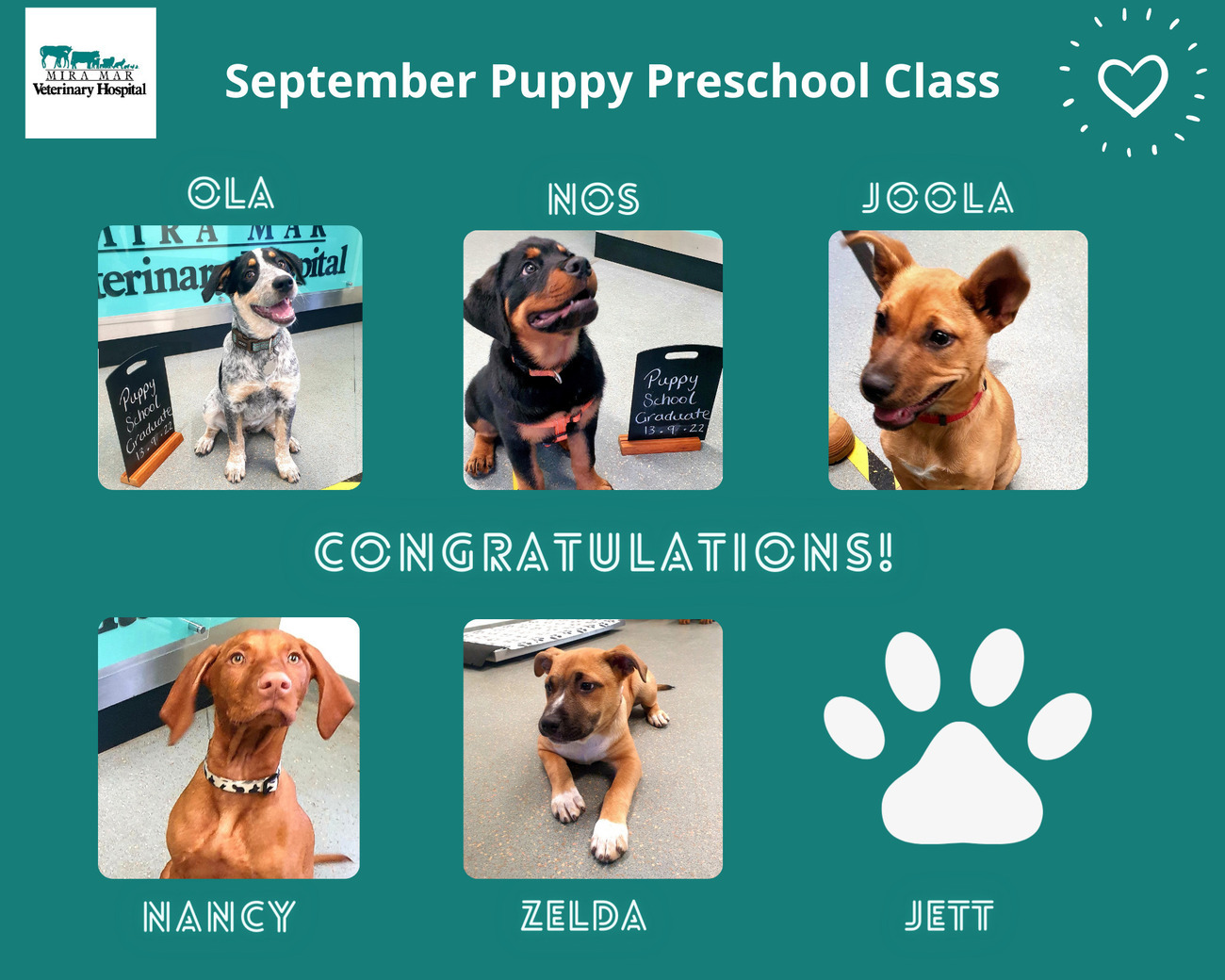
|
| |
PUPPY PRESCHOOL GRADUATES
|
|
| |
|
|
| |
Here's another super cute batch of cleverest puppers who are the most recent to graduate from Puppy Preschool!
Well done to Nos, Jett (not pictured), Joola, Nancy, Ola and Zelda on their great achievement. We hope that Puppy Preschool sets them up for a lifetime of social skills and good manners.
If your puppy would like to come along to our next class, please call the clinic on 98415422 |
|
| |
|
|
| |
CALL NOW
|
|
|
|
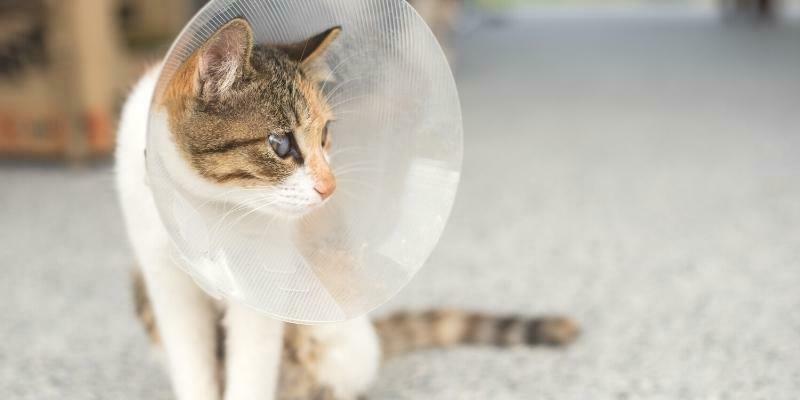
|
| |
Safe surgical procedures
|
|
| |
|
|
| |
Did you know that when our veterinarians perform surgery on your pet, our veterinary nurses play a vital role in helping to monitor and run a smooth general anaesthetic for them? Here’s how our nurses help your pet have a safe anaesthetic for their surgical procedure.
Gentle restraint
To prepare your pet for anaesthesia, we generally place a catheter into their vein. For this, the nurse gently restrains the animal whilst presenting its cephalic vein (one of the large veins on the forelimb) for good access. The vet then inserts the catheter, so that medications can be easily given to the pet.
Helping to induce anaesthesia
When it’s time for your pet to be anaesthetised, the nurse will hold and calm your pet as the vet induces general anaesthesia. Commonly, this involves a slow, steady injection of anaesthetic medication via your pet’s catheter.
After some quick checks on your pet to ensure they’re anaesthetised and stable, the nurse will hold open your pet’s mouth, so that the vet can visualise their airway opening (larynx), and pass a breathing tube down it.
Preparing your pet for any surgery
If your pet is undergoing surgery, the nurse will clip and clean the skin overlying the surgical site to ensure that it is sterile for surgery.
Monitoring your pet’s anaesthesia
Whilst the vet operates, the nurse will monitor your pet’s anaesthetic depth to ensure they are not feeling any pain but are not so deep under as to endanger their lung and heart functions. The nurse will check for certain reflexes and monitor parameters such as heart rate, breathing rate, body temperature and blood pressure.
Monitoring your pet’s recovery
When the surgery is complete, the nurse will monitor your pet to help ensure they wake up calmly and smoothly. They will let the vet know if your pet is becoming disoriented, agitated or nauseous so that supportive treatments can be administered.
Our vigilant and gentle anaesthesia practices keep your pet safe. |
|
|
|
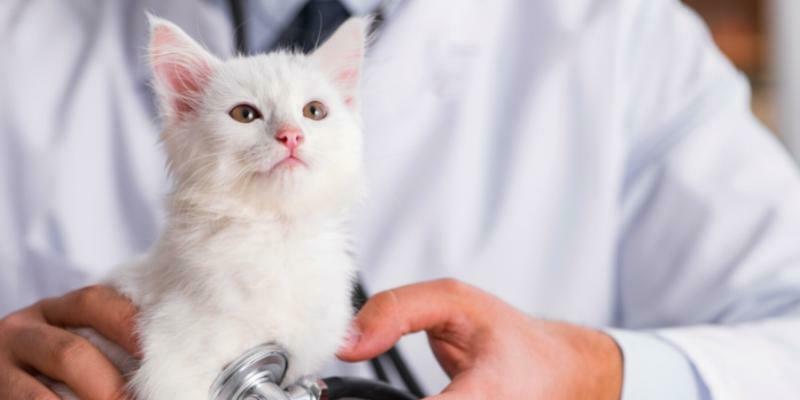
|
| |
Keeping up appearances (and sterility)
|
|
| |
|
|
| |
Veterinary nursing definitely doesn’t just involve cuddling cute puppies and kittens! In addition to their vital role in various medical, surgical, laboratory and imaging procedures, our nurses also have to regularly tackle some pretty unpleasant jobs to keep veterinary facilities clean and safe, and our patients comfortable.
Veterinary clinics look after many pets every day, and keeping the practice clean and orderly is vital so that pets can be treated in a safe way.
Our veterinary nurses are trained to use a variety of medical-grade disinfectants to keep our clinics clean.
Additionally, veterinary nurses perform the important task of ensuring that every surgical kit used on a patient is clean and sterile (free of germs). This involves washing and cleaning surgical instruments and drapes in disinfectant, sterilising them in an autoclave (a sterilisation method that uses high pressure steam) and then packing them so that they can be opened and presented to the operating vet without their contents being handled by anyone not “scrubbed up” for surgery.
Lastly, our veterinary nurses ensure that all our patients are kept clean and comfortable. This can involve cleaning hospital cages and runs or gently bathing and drying unwell hospital patients.
When you come to our clinic, you’ll likely notice… not much! This is because our hard-working nurses do a wonderful job at ensuring the clinic is clean and ready for your pets. So, we’d like to give a big shout-out to our veterinary nurses, for all the important (and sometimes yucky) work they do. Thanks nurses! |
|
|
|
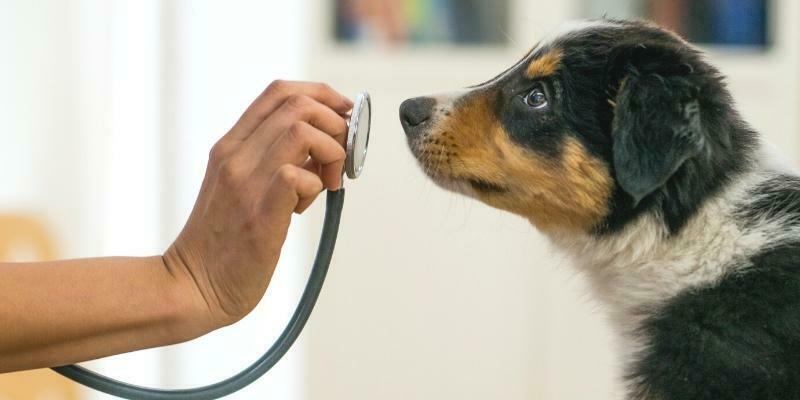
|
| |
Playing nicely with nurses
|
|
| |
|
|
| |
Unfortunately, despite all their training, knowledge, hard work, gentle care of pets and understanding assistance of owners, our wonderful veterinary nurses are not always appreciated as much as they should be!
Nurses are often the first point of contact for owners, providing knowledgeable advice about when to monitor pets at home and when to book them for a vet visit. They receive emergency cases at the front door and provide support to emotional owners during hard times. They help to make judgement calls about whether an unwell patient can be squeezed into an already packed schedule (their vote is usually yes!) and juggle a myriad of nursing and administrative tasks to keep the clinic running smoothly. And most importantly, they provide gentle and kind nursing care to our beloved animal patients.
If you agree that veterinary nurses are hard-working, knowledgeable and generous souls who deserve some positive recognition, here are a few things you can do to show your appreciation and help to make their working days a little bit easier:
- Speaking to them kindly and respectfully, even if you’re feeling stressed. Try to remember that as well as assisting you, they probably have multiple tasks on their to-do list (cleaning surgical kits, medicating patients, sorting out medications for Mrs Jones’s cat, checking with the vet about a home visit, running in-clinic laboratory tests, etc.) and are doing their best to help everyone.
- Giving them sufficient notice for jobs, e.g. phoning up to request your animal’s medication several days prior to it running out, so they have time to have the prescription approved by the vet (and ordered to the clinic if necessary).
- Controlling your pet in the waiting room – keeping all dogs on leads and all cats in carriers, so that all animals are safe.
Lastly, we don’t want to pressure you at all, but our nurses also happen to enjoy baked goods or chocolates, and really appreciate it when extra lovely clients drop these into the clinic. Just saying! |
|
|
|
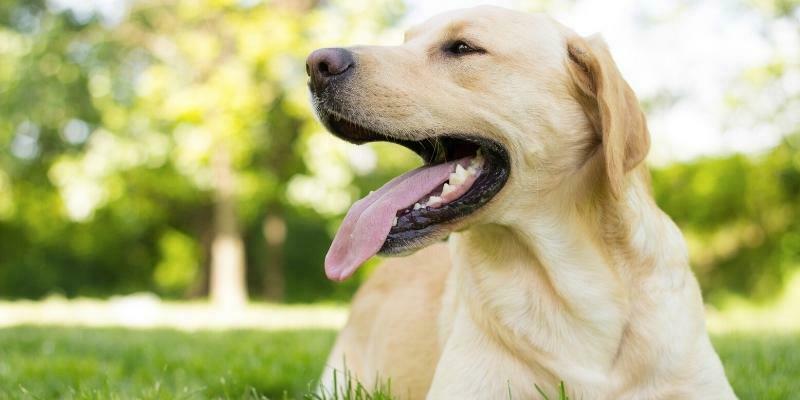
|
| |
Betty’s vet visit
|
|
| |
|
|
| |
In the veterinary hospital, a team of caring and dedicated vets and veterinary nurses are focused on the care and wellbeing of your pet - just like the experience of Betty, the six-year-old labrador, who had just undergone surgery to remove a large tumour from her side.
Veterinary nurse Jen sat with Betty whilst she recovered, monitoring her breathing, heart rate and temperature. Jen had covered Betty with a special hot air blanket to help warm her up as her body temperature had started to drop a little towards the end of the procedure.
As Betty started to wake up, she became unsettled and started whining loudly. Jen called Dr Sarah over, and together they discussed the possible reasons Betty was unsettled. Betty’s opioid pain relief had been topped up near the end of her procedure, so they didn’t believe that pain was the cause of her agitation. Betty had been taken out for a toileting walk right before her procedure, so a full bladder was also unlikely. Dr Sarah and Jen agreed that Betty was likely feeling a little disoriented, so Sarah administered some calming medication into Betty’s intravenous catheter to settle her down.
Betty recovered calmly with Jen continuing to monitor her. However, when Betty sat up, she started to drool copiously.
Once again, Jen called Dr Sarah over for an assessment. Dr Sarah believed Betty likely felt nauseous as a side effect of her anaesthetic (which can happen in some pets) and prescribed some anti-nausea medication. Within 15-20 minutes, Betty’s drooling had stopped and she started wagging her tail a little.
For the rest of the afternoon, Jen monitored Betty’s recovery and administered pain relief as prescribed by Dr Sarah. Betty was taken out for a gentle toileting walk and then (to her delight!) was offered a meal of roast chicken.
With the care and expertise of Dr Sarah and Nurse Jen, plus ongoing TLC at home, Betty made a full recovery from her surgery. And now, she associates Nurse Jen with roast chicken, so they are best friends forever. Winner winner, chicken dinner! |
|
|
|
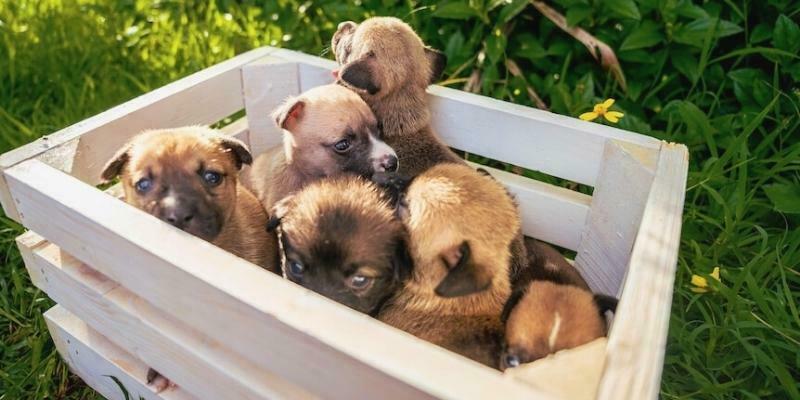
|
| |
Animal News In Brief
|
|
| |
|
|
| |
Six boonies on the Pacific island
Image: ABC News
The rise of the puppy-dog eyes
When pooches and their owners gaze into each other’s eyes, a love hormone releases, called oxytocin, which promotes bonding. But have you ever wondered if your pup’s look of longing is a trait of their evolutionary descendants - or whether it’s something they’ve developed especially to show love for their humans? Well, Pennsylvanian physical therapy professor, Anne Burrows, says that it comes down to physiology. To put it simply, dogs have muscles in their faces that their predecessors didn’t. Wolves (the original dog predecessors) have what’s known as ‘slow-twitch fibres’, that move their facial muscles slower but allow them to make the funnel shape with their mouths, which they use to howl. But modern-day dogs have ‘fast-twitch fibres’, which not only means they bark instead of howl, but also have eyebrows that let them do the adorable puppy-dog eyes, which according to Ms Burrows, ”wolves just don’t make.” But how did dogs change this - and why? Well, about 40,000 years ago, dogs who could bark brought a benefit to humans who wanted to have them by their side to be alerted to danger and intruders. So it was a benefit to the dog to be able to provide that function and be protected by humans. But with little 40,000-year-old evidence to be sure of this, it’s very possible that a large contributing factor was that our ancestors just preferred a furry friend by their side that made them go “aww”.
Read more about the evolution of puppy-dog eyes from The Washington Post.
-----
Island puppies, delivered
On the tiny island of Guam, about 30,000 dogs roam without a home. Spending their days hiding out in the boonies (Guam’s thick jungle), the stray dogs themselves have been nicknamed “boonies”. With just one animal shelter on the island, only 100 dogs at a time can be cared for, leaving a big problem for the rest of the pups. Enter: the Boonie Flight Project, a not-for-profit organisation that rescues the dogs from the street and the shelter, gets to know them, gets them healthy, ensures they are checked rigorously and then transports them to the United States, where they join their new forever homes. Guam's commercial airline doesn't transport animals, so the Boonie Flight Project provides a private aeroplane to carry the pooches across the sea to their new families. Brought about in 2021, Boonies Flight Project co-founder, Lauren Cabrera, saw an opportunity amidst the pandemic, when people were in search of fur companions but shelters in the US were all empty. Using social media to attract attention from potential owners, the Boonies Flight Project has since provided homes for “400 dogs to over 25 states,” says Ms Cabrera.
Learn more about the Boonie Flight Project from ABC News.
-----
Two Aussie vets set to aid war-affected Ukrainian animals
Two regional Victorian veterinary staff have started a GoFundMe to aid them in their brave pursuit of travelling to Ukraine to help animals caught in the conflict and left behind by fleeing residents. After seeing what was happening to the animals in Ukraine after Russia’s invasion in February, Emma Tomkins, a vet of 24 years and her wife, vet nurse Pauline Lillie, wanted to offer their skills, so they partnered up with Worldwide Vets, a not-for-profit team of vets and animal carers who provide vet care and food to animals in Ukraine. Worldwide Vets will help to equip the couple with the financial support needed for accommodation, food, PPE and transfers into Ukraine from Romania. The mighty team of two are set to base themselves in Vinnytsia, west-central Ukraine, located about six hours from the front line of the war. Ms Tomkins says they will work with "the Breaking Chains workers, who will go into the areas that have been bombed and decimated to pick up the animals, then ferry them back to where we will be." So far, Emma and Pauline’s GoFundMe has raised over $27,000 of their $30,000 goal.
Read more about their Ukrainian animal mission from ABC News. |
|
|
|
| |
This email contains comments of a general nature only and is not intended to be a substitute for professional veterinary advice. It should not be relied on as the basis for whether you do or don't do anything.
All content © PetPack 2022 |
|
|
|
[Footer]
|